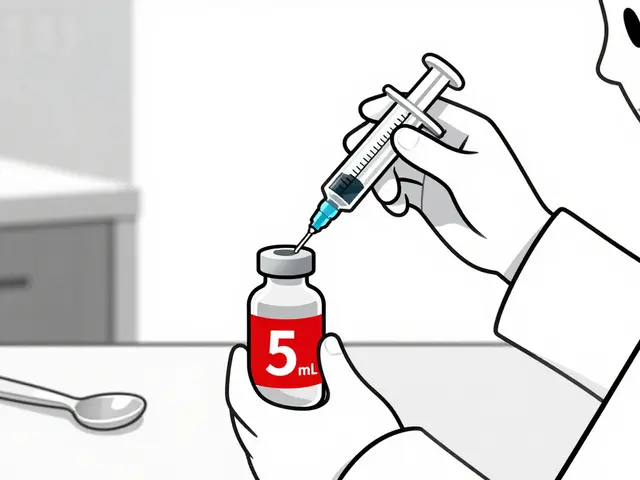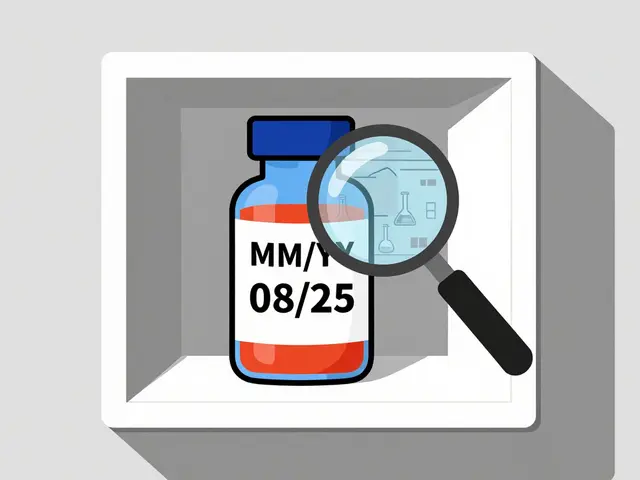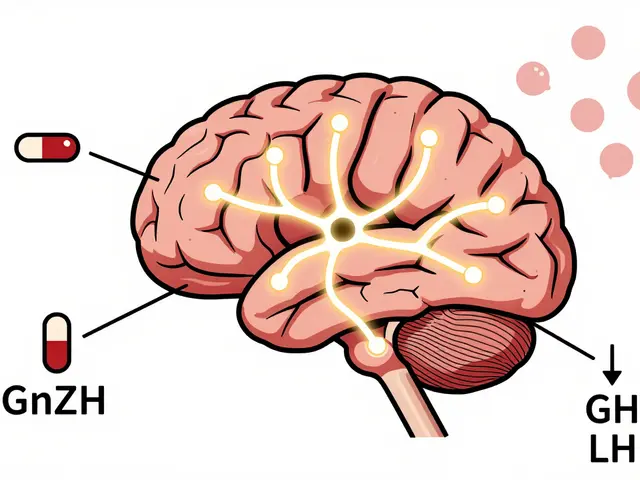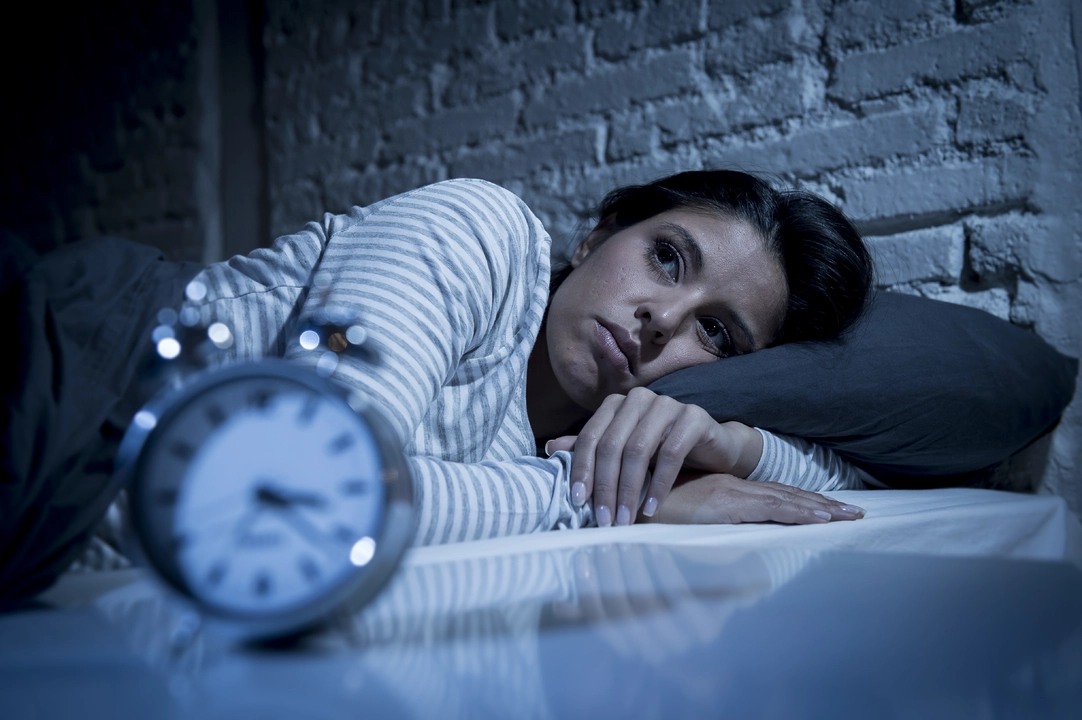Sleep Disorders: What They Are and How to Manage Them
If you’ve ever tossed and turned all night or felt exhausted even after a full night's rest, you might be dealing with a sleep disorder. These problems are common, affect daily life, and often have simple steps that can help.
Common Types of Sleep Disorders
Insomnia is the inability to fall asleep or stay asleep. People with insomnia usually lie awake for hours, feel frustrated, and wake up feeling tired. Sleep apnea causes brief pauses in breathing during sleep, leading to loud snoring and sudden awakenings. It can happen many times an hour and leaves you exhausted in the morning. Restless Leg Syndrome (RLS) gives a crawling or tingling sensation in the legs that forces you to move them, especially at night.
Other issues include narcolepsy, which makes you fall asleep suddenly during the day, and circadian rhythm disorders, where your internal clock is out of sync with the world’s schedule. Each condition has its own signs, but they all share one thing: they keep you from getting good sleep.
When to Seek Help
If you notice any of these red flags, it’s time to talk to a doctor or a sleep specialist:
- You struggle to fall asleep more than three nights a week for over a month.
- Your partner hears loud snoring or gasps during the night.
- You wake up with a sore head, dry mouth, or feel short of breath.
- Legs feel uncomfortable and you can’t stay still after bedtime.
- Daytime sleepiness interferes with work, school, or driving.
A professional can run a simple questionnaire or order a home sleep test to pinpoint the problem. Early diagnosis often makes treatment easier.
Practical Tips You Can Try Today
Before you schedule an appointment, try these low‑effort changes:
- Set a regular bedtime. Go to sleep and wake up at the same time every day, even on weekends.
- Limit screens. Turn off phones, tablets, and TVs at least an hour before bed. The blue light tricks your brain into thinking it’s daytime.
- Watch caffeine and alcohol. Both can disrupt the deeper stages of sleep if you have them late in the day.
- Create a calm bedroom. Keep the room cool, dark, and quiet. A simple eye mask or white‑noise app helps a lot.
- Move your body earlier. Light exercise or a short walk after dinner can settle you, but avoid vigorous workouts right before bed.
If you have RLS, stretching the legs, taking a warm bath, or using a massage roller can ease the tingling sensation. For mild insomnia, a short “wind‑down” routine—reading a book, gentle breathing, or journaling—signals your brain that sleep is coming.
Treatment Options You Might Encounter
When lifestyle tweaks aren’t enough, doctors may suggest:
- Cognitive‑behavioral therapy for insomnia (CBT‑I). It teaches you how to change thoughts and habits that keep you awake.
- CPAP machines for sleep apnea. A mask delivers steady air pressure to keep the airway open.
- Medication. Short‑term sleeping pills, antidepressants for RLS, or specific drugs for narcolepsy can be prescribed.
All treatments work best when paired with good sleep hygiene—the habits you build around bedtime. Keep track of what helps and what doesn’t, and share that information with your provider.
Sleep disorders affect millions, but they don’t have to control your life. By recognizing the signs, making simple changes, and getting professional help when needed, you can restore better rest and feel more energetic during the day.
- By Percival Harrington
- /
- 11 May 2023
The Impact of Delayed Sleep Phase Syndrome on Quality of Life
In my recent research, I came across Delayed Sleep Phase Syndrome (DSPS) and its impact on our quality of life. As someone who has experienced sleep issues, I found it quite concerning that DSPS can lead to chronic sleep deprivation and affect our overall well-being. It's clear that the disrupted sleep-wake cycle can have serious consequences on our mental and physical health, causing anxiety, depression, and even obesity. Moreover, DSPS can significantly disrupt our social and professional lives, as it becomes difficult to maintain a regular schedule. It's crucial that we raise awareness about this condition and seek appropriate treatments to improve the quality of life for those affected by DSPS.
- By Percival Harrington
- /
- 29 Apr 2023
Sleep Disorders in Athletes: The Importance of Rest for Performance
As an athlete, I've come to realize just how vital sleep is for maintaining optimal performance. Recent studies have shown that sleep disorders can significantly affect an athlete's performance and overall well-being. Among these sleep disorders, insomnia, sleep apnea, and restless leg syndrome are the most common. It's essential for athletes to prioritize not only the quantity but also the quality of their sleep. By addressing any sleep issues and ensuring adequate rest, we can promote peak performance and reduce the risk of injury.







